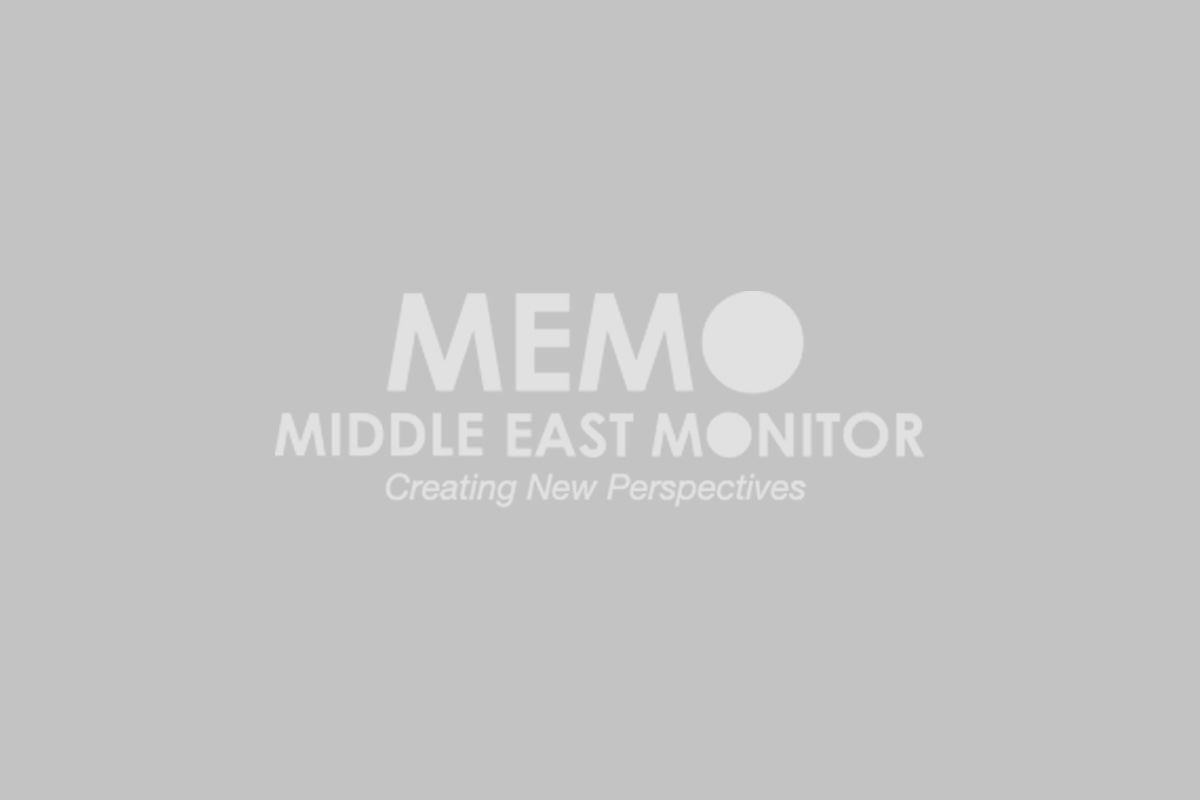One of the paradoxes of contemporary history is that political shifts in the United States—particularly during the Trump era—unexpectedly brought certain elements of US policymaking closer to the policies of the Islamic Republic of Iran. In a post-Cold War world order shaped by neoliberalism and globalisation, two political movements—the Trumpist movement in the US and the Islamic Republic in Iran—have increasingly challenged this global order.
Divergence from the Neoliberal Order
After the collapse of the Soviet Union, successive US administrations, confident in their civilizational and economic superiority, pursued a neoliberal agenda on a global scale. This agenda included economic liberalisation, financialisation, military interventions in the Middle East, and the spread of a global culture that aimed to eliminate ethnic, religious, and gender distinctions.
In stark contrast, the rise of the “Make America Great Again” (MAGA) movement led by Donald Trump marked a turning point in American politics. Trump’s policies—returning to national economics, opposing globalisation, and reviving traditional gender roles and the institution of the family—posed a serious challenge to the prevailing neoliberal discourse. At the same time, he launched a cultural war against liberal values, rooted in religious, nationalist, and conservative traditions.
Structural Parallels with the Islamic Republic
Strikingly, many of Trump’s critiques of the neoliberal order meaningfully overlap with positions the Islamic Republic has taken for over four decades. The 1979 Iranian Revolution was also a rejection of the West-leaning monarchy and a reaffirmation of Islamic-national identity, grounded in fundamentalist and cultural principles. Tehran has consistently viewed globalisation through a security lens, perceiving it as a threat to religious authenticity and national independence. Iran has been one of the earliest critics of the neoliberal economic order, with policies supporting domestic production, resisting free trade, and implementing a “resistance economy.” Culturally, the Islamic Republic has emphasised gender differentiation and adherence to traditional values—a stance curiously echoed in Trump’s agenda.
Political Traditionalism and Civilizational Politics
At a deeper level, what brings these two political models closer together is not merely their day-to-day policies, but a form of political traditionalism in opposition to global modernity. Both Iran’s revolutionary movement and Trumpism fundamentally seek to revive a “historical self” that they believe has been undermined by globalisation and cultural liberalism. While Tehran draws on the long-standing traditions of Iran, Shi’a Islam, and pre-modern empires, Trumpism invokes mythic images of 1950s America—a time of white dominance, nuclear families, and a production-based economy.
Despite their structural differences, these two approaches converge on one key point: a desire to rebuild an order based on distinction, identity, and rootedness. In this light, one can identify a shared civilizational project against a “rootless globalised order,” potentially laying the groundwork for a kind of strategic, albeit unwritten, alliance.
Regional Convergence
Geopolitically, Tehran plays a crucial role in countering radical Islamist currents in the Middle East—currents that pose threats not only to Iran but to the broader global system. Contrary to common media portrayals, the Islamic Republic has a structure that both defends its religious roots and operates within a distinctive regional order informed by Iran’s statecraft traditions.
If Washington is truly moving toward rethinking the global order and moving beyond globalist liberalism, then Tehran could be seen as a natural ally on this path. Iran’s deterrent posture against Salafi jihadism and its balancing role in the Middle East make it one of the few actors capable of collaborating with a civilizational power like the United States—if the regional perspective shifts from imperial interests to civilizational ones. Tehran has led some of the most effective anti-terrorism efforts on its borders and has conducted cross-border counterterrorism operations—capacities that, through security, intelligence, and operational cooperation, could help counter waves of Salafism and jihadist groups in the region. This could offer the US a path to stabilising one of the world’s key geopolitical flashpoints: the Middle East.
Conclusion: In Search of an Alternative Order
Thus, the apparent contradictions between the Islamic Republic of Iran and the Trump administration, at a deeper level, reveal fundamental overlaps. Both, from ideological positions, consider the current global order illegitimate and incompatible with their native cultures. As the Middle East undergoes a geopolitical transformation following the 7 October attacks, the time may have come for American elites to seriously reconsider traditional patterns of alliance and enmity.
The key question is: Can Washington emerge from strategic confusion and, by leveraging the civilizational and anti-neoliberal capacities of powers like Iran, forge a new order based on cooperation among independent regional actors? Or will it remain trapped in the collapse of the globalisation discourse?
READ: US, Iran ‘made very good progress’ in talks: US official
The views expressed in this article belong to the author and do not necessarily reflect the editorial policy of Middle East Monitor.


![A newspaper featuring the headline story on indirect negotiations between Iran and the United States in Muscat, Oman, is displayed at a newsstand in Tehran, Iran, on April 12, 2025 [Fatemeh Bahrami/Anadolu Agency]](https://i0.wp.com/www.middleeastmonitor.com/wp-content/uploads/2025/04/AA-20250412-37613616-37613614-DIPLOMATIC_THAW_HEADLINES_IRANIAN_PRESS_AMID_OMAN_TALKS-scaled-e1744820205679.jpg?fit=1200%2C800&ssl=1)








